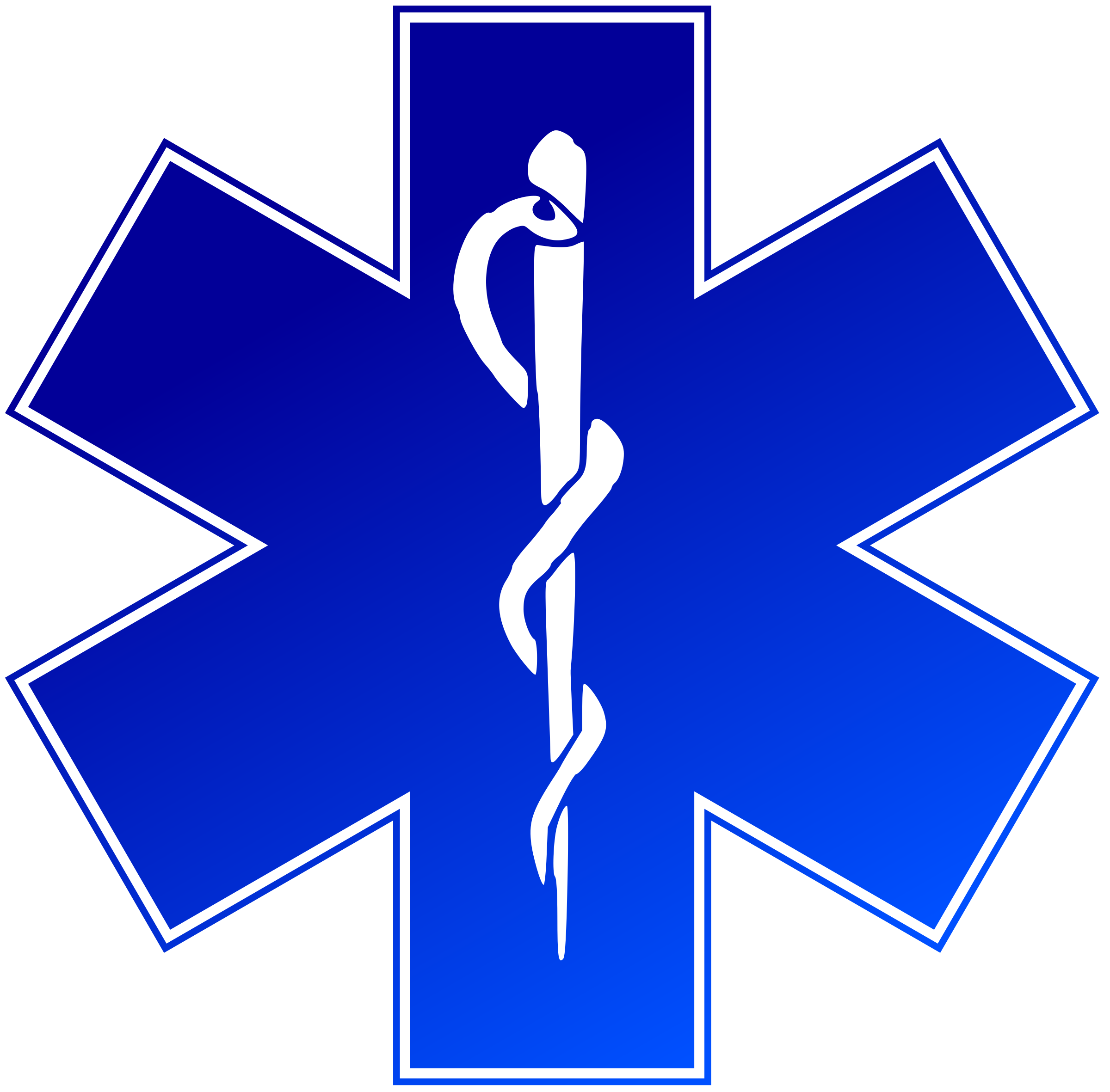Medical malpractice attorney delaware sets the stage for this enthralling narrative, offering readers a glimpse into a story that is rich in detail and brimming with originality from the outset.
This topic dives into the critical role that medical malpractice attorneys play in seeking justice for victims of negligence within the healthcare system. With the increasing complexity of medical cases and the need for specialized legal expertise, understanding the nuances of medical malpractice law in Delaware is essential for both potential clients and legal professionals alike. From identifying malpractice to navigating the legal process, this discussion sheds light on the various aspects involved in pursuing a claim.
In today’s fast-paced world, it’s more important than ever to maintain a balance between work and personal life. Achieving this harmony is key to overall well-being and can lead to increased productivity, better mental health, and improved relationships. In this article, we’ll explore various strategies and tips that can help you create a fulfilling work-life balance, ensuring you can enjoy both your professional and personal endeavors without one overshadowing the other.Firstly, it’s essential to define what work-life balance means to you personally.
This definition may vary greatly from person to person, depending on individual responsibilities, job demands, and personal desires. For some, a balanced life might mean working a traditional 9-to-5 job while having the evenings free for family time or hobbies. For others, it may involve flexible work hours that allow for travel or personal projects. Taking the time to reflect on your priorities and values will help you understand what a balanced life looks like for you.Once you have a clear understanding of your personal definition of work-life balance, the next step is to set boundaries.
In our interconnected world, it’s all too easy to let work spill over into personal time, especially with remote work becoming the norm. Establishing clear boundaries—both physical and mental—can help you separate your work life from your personal life. This might mean setting specific work hours, creating a dedicated workspace, or turning off work notifications after hours. Communicate these boundaries with your colleagues and family to ensure everyone understands and respects your time.Another critical aspect of achieving work-life balance is time management.
Efficiently managing your time can help you accomplish your work responsibilities while still leaving room for personal activities. Start by prioritizing tasks and setting realistic goals for what you can achieve in a given time frame. Consider using tools such as calendars, planners, or task management apps to keep yourself organized. Additionally, learn to delegate tasks when possible, whether at work or home.
Sharing responsibilities can lighten your load and free up time for the things you enjoy.Self-care is perhaps one of the most overlooked components of maintaining a healthy work-life balance. It’s easy to get so caught up in work and responsibilities that you forget to take care of yourself. Make it a point to incorporate self-care into your daily routine. This could include activities such as exercising, meditating, reading, or simply taking a walk outside.
Prioritizing self-care not only benefits your physical health but also enhances your mental well-being, making you more effective in all areas of your life.Moreover, fostering a supportive network of family, friends, and colleagues can significantly contribute to achieving work-life balance. Surrounding yourself with people who understand your goals and respect your boundaries can provide you with the encouragement and support you need.
Don’t hesitate to reach out to others when you’re feeling overwhelmed—sometimes just talking things out can lead to solutions you hadn’t considered.It’s also important to periodically assess your work-life balance. Life is constantly changing, and what worked for you a few months ago may no longer suit your current circumstances. Regularly check in with yourself to evaluate whether your current routine is meeting your needs.
Be willing to make adjustments as necessary—whether that means scaling back on work commitments, finding new hobbies, or re-evaluating your priorities. Flexibility is key to maintaining a balance that aligns with your evolving life circumstances.In the workplace itself, advocate for flexibility and understanding. Many organizations are now recognizing the importance of work-life balance and are implementing policies to support their employees.
If your workplace offers flexible hours, remote work options, or wellness programs, take advantage of these resources. If such options are not available, consider discussing your needs with your supervisor. Many employers value employees who communicate openly and are proactive about their well-being.Another effective strategy for enhancing work-life balance is to pursue hobbies and interests outside of work. Engaging in activities that you are passionate about can provide a refreshing break from work demands and stimulate your creativity.
Whether it’s painting, golfing, gardening, or learning a new language, immersing yourself in a hobby can recharge your mind and body. Additionally, this can be an excellent way to meet new people and expand your social circle, further enriching your personal life.Technology can be both a friend and a foe when it comes to work-life balance. On the one hand, tools like video conferencing and project management software have made it easier to collaborate and stay connected.
On the other hand, the constant buzz of notifications can blur the lines between work and personal time. Be mindful of how you use technology; set limits on screen time and make it a point to unplug when you can. Establish tech-free zones or times in your home to encourage face-to-face interactions and personal downtime.Another pivotal factor in achieving balance is to practice mindfulness and stress management techniques.
Stress is often an inevitable part of both work and personal life, but how you respond to it can make all the difference. Techniques such as meditation, yoga, and deep-breathing exercises can help you manage stress more effectively. Incorporating mindfulness into your daily routine can improve your focus, enhance your mood, and foster a sense of calm, making it easier to handle challenges that arise in both your personal and professional lives.Creating a balanced life also involves continuous learning and personal development.
Take the initiative to invest in yourself through skill development, further education, or workshops that can enhance your career. By growing professionally, you’re more likely to feel fulfilled and satisfied with your work, which can translate to a positive attitude in your personal life as well. Striking a balance between advancing your career and nurturing your personal interests can lead to a richer, more rewarding life overall.Lastly, remember that achieving work-life balance is not a one-size-fits-all approach.

Everyone’s situation is unique, and what works for one person may not work for another. Be patient and compassionate with yourself as you navigate through the ups and downs of balancing work and life. Celebrate small victories along the way and recognize that it’s okay to seek help if you’re feeling overwhelmed. In conclusion, achieving a successful work-life balance is an ongoing journey that requires intentionality, reflection, and adaptation.
By establishing clear boundaries, managing your time effectively, prioritizing self-care, and surrounding yourself with a supportive network, you can create a life that honors both your professional ambitions and personal desires. Remember to periodically reassess your balance, pursue your passions, and practice mindfulness to maintain equilibrium in your daily routine. With these strategies in place, you can enjoy a fulfilling life that harmonizes work and personal growth.

Common Queries
What is medical malpractice?
Medical malpractice occurs when a healthcare professional fails to provide the standard of care, resulting in harm to a patient.
How do I know if I have a case?
If you believe you suffered harm due to a doctor’s negligence or error, consult a medical malpractice attorney for a professional evaluation.
What damages can I claim?
Victims can claim compensation for medical expenses, lost wages, pain and suffering, and other related costs.
How long do I have to file a claim in Delaware?

In Delaware, the statute of limitations for filing a medical malpractice claim is generally two years from the date of the incident.
Do I need to pay upfront for a lawyer?
Many medical malpractice attorneys work on a contingency fee basis, meaning they only get paid if you win your case.